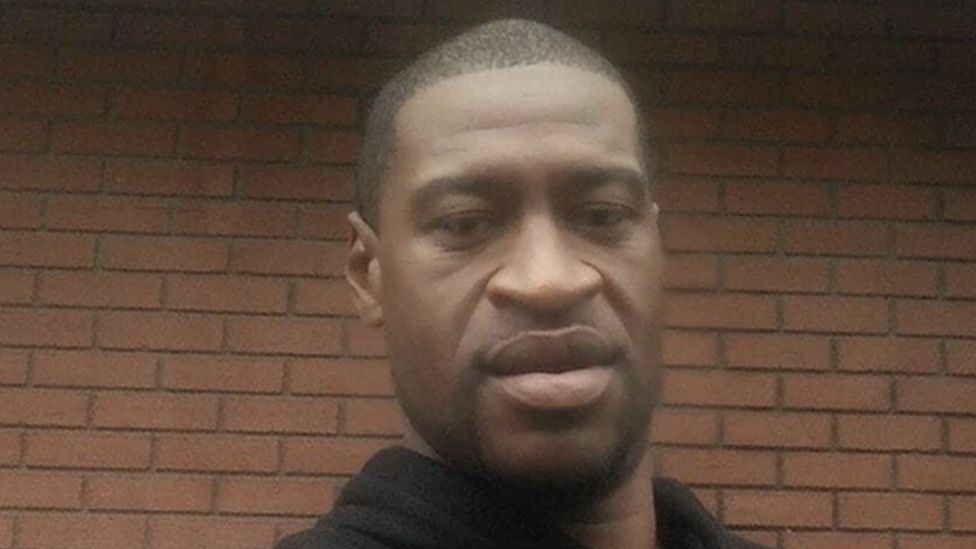CHECK OUT GOOGLE why don't you???The last time I looked, one could find damn near anything that one might want to know by performing a Google search:
Searched: LEARNING HISTORY
History Online Course - Formerly The Great Courses
Ad·https://www.wondrium.com/wondrium/free-trial
Learn more about the top events that shaped history with our engaging online courses. Learn or review all the concepts of history from a professor of history. Learn on the Go. Thousands of Lectures. Emmy-Award Winning. No Ads Ever. Mobile and Smart TV Apps.
Browse All Videos
With Thousands To Choose From
Where Will You Begin?
FAQs
Find Answers To Frequently
Asked Questions!
Seached: LEARNING SCIENCE
Learning sciences - Wikipedia
https://en.wikipedia.org › wiki › Learning_sciences
Learning sciences (LS) is an interdisciplinary field that works to further scientific, humanistic and critical theoretical understanding of learning as well ...
Domain definition · History · Distinguishing characteristics
What is Learning Sciences and Why Does It Matter? - Digital ...
https://digitalpromise.org › Our Blog
Mar 10, 2020 — Learning sciences research investigates the process of learning in realistic settings, which can include schools, museums, after-school ...
The Learning Scientists
https://www.learningscientists.org
We are cognitive psychological scientists interested in research on education. Our main research focus is on the science of learning. (Hence, "The Learning ...
Downloadable Materials · Videos · Blog · Podcast Episodes
4 Learning Science Strategies Proven To Boost Understanding
https://www.iste.org › explore › course-mind › 4-learni...
Mar 10, 2021 — The learning sciences offer tools and frameworks that educators can use to intentionally design, implement and assess instruction and ...
Seached: BASIC GRAMMAR
What Are Basic English Grammar Rules?
There are hundreds of grammar rules but the basics refer to sentence structure and parts of speech, including nouns, pronouns, verbs, adjectives, adverbs, ...
Why do we need teachers?
During our COVID PANDEMIC scare, public education has gone online for the most part... and, when the student is online most of the education is done by the student and very little by the teacher... the teacher is only necessary for those who have learning disabilities, otherwise, a majority of the online students have no problems at all other than the fact that online classes require more work by the student.
WE DON'T NEED TEACHERS...
WE CAN TEACH OURSELVES...
WE CAN TEST OURSELVES VIA COMPENTENCY EXAMS...
PUBLIC EDUCATION IS DESIGNED TO SEND THE STUDENT TO COLLEGE AND NOT OUT TO WORK...
PUBLIC EDUCATION SHOULD FOCUS ON SENDING THE STUDENT OUT TO WORK...
HOW MUCH OF YOUR EDUCATION DO YOU ACTUALLY USE AT WORK?

















